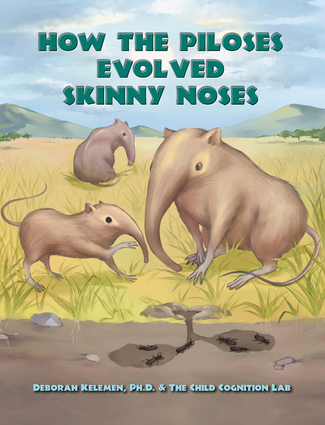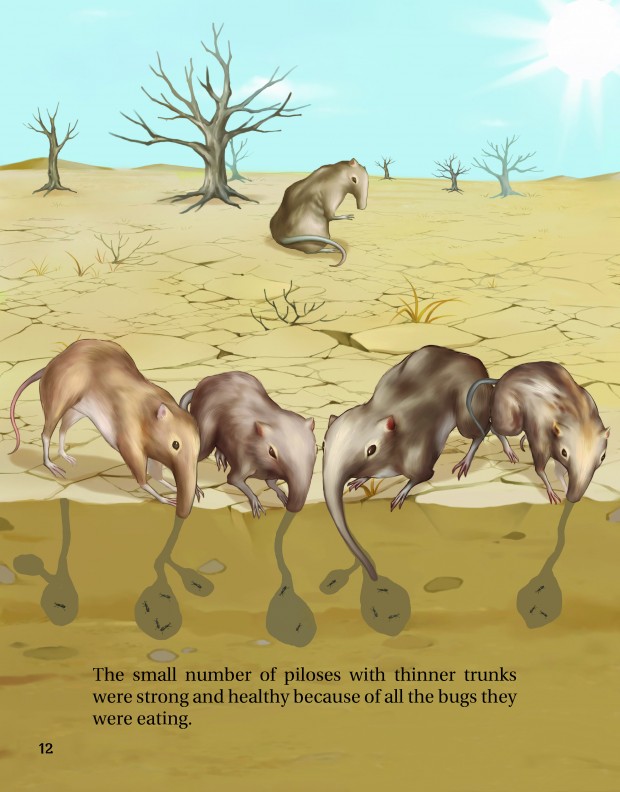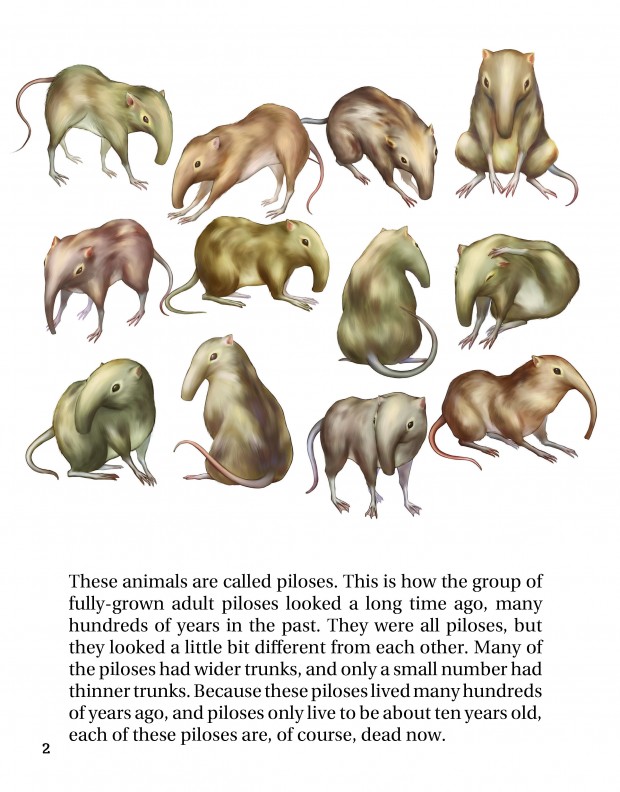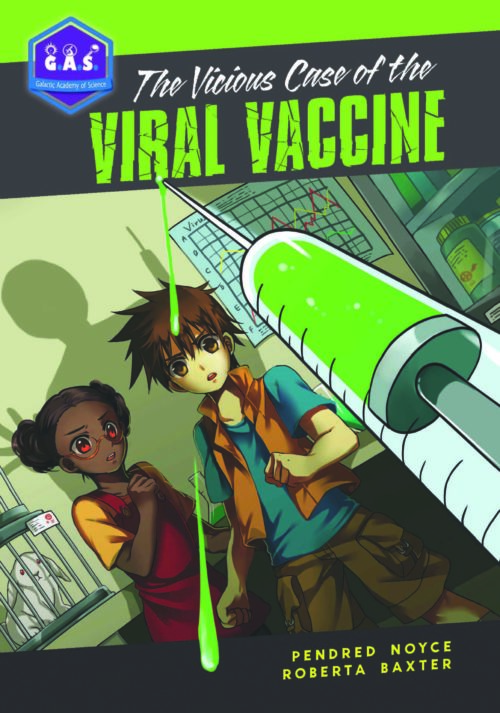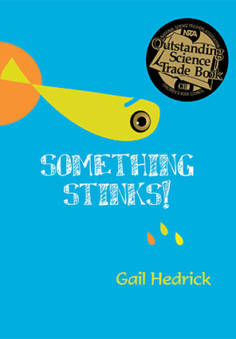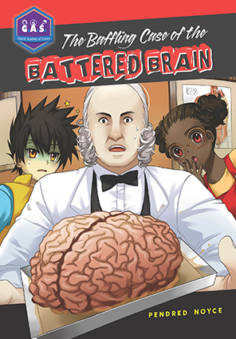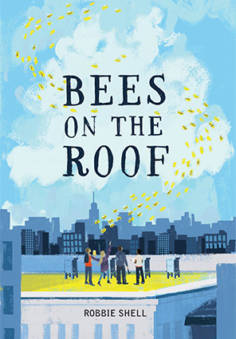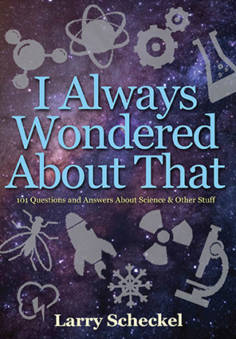For research using these books, see “Children can be taught basic natural selection using a picture-storybook intervention.” Kelemen, D., Emmons, N.A., Seston Schillaci, R. & Ganea, P. (2014). https://journals.sagepub.com/doi/abs/10.1177/0956797613516009.
Book Details:
- ISBN: 9781943431267
- Genre: Children's Nonfiction/Education Resource
- Page Count: 28
- Age Range: 7-9
- Grades: 2-4
- Lexile Level: 710
- Pub Date: 01/06/2017
- Series Title: Evolving Minds

Deb Kelemen is a parent, child development researcher and educator with a passion for understanding children’s beliefs about the natural world and addressing their common science misconceptions. A Fellow of the Association for Psychological Sciences, she is Professor of Psychological and Brain Sciences at Boston University where she directs the Child Cognition Lab: home to the Evolving Minds Project, a National Science Foundation-funded group that develops educational materials to support early science learning. She loves to talk about children, nature and STEM education and speaks regularly in workshops, schools and universities.
Listen to Deb Kelemen and famed evolutionary theorist, Richard Dawkins, on BBC Radio 4 Live!
“A delightful way of telling one of the greatest stories ever told, evolution by natural selection, and a lovely contribution to the pressing challenge of enhancing scientific literacy at all ages.”
– Steven Pinker, author, How the Mind Works
“Research shows that this brilliant book can help even young children understand evolution by natural selection. Teaching children about evolution when they’re young ensures that they’ll really ‘get it’ when they’re older. Nothing in science education could possibly be more important than helping children to understand the ideas at the heart of all of biology.”
– Alison Gopnik, author, The Scientist in the Crib
“This is a gem. Beautifully illustrated and written with clarity and grace, this picture book is the perfect introduction to the idea at the core of modern biology—natural selection. A ‘must have’ for any parent or teacher interested in truly nurturing the scientific curiosity of young children.”
– Paul Bloom, author, Just Babies and Descartes’ Baby

